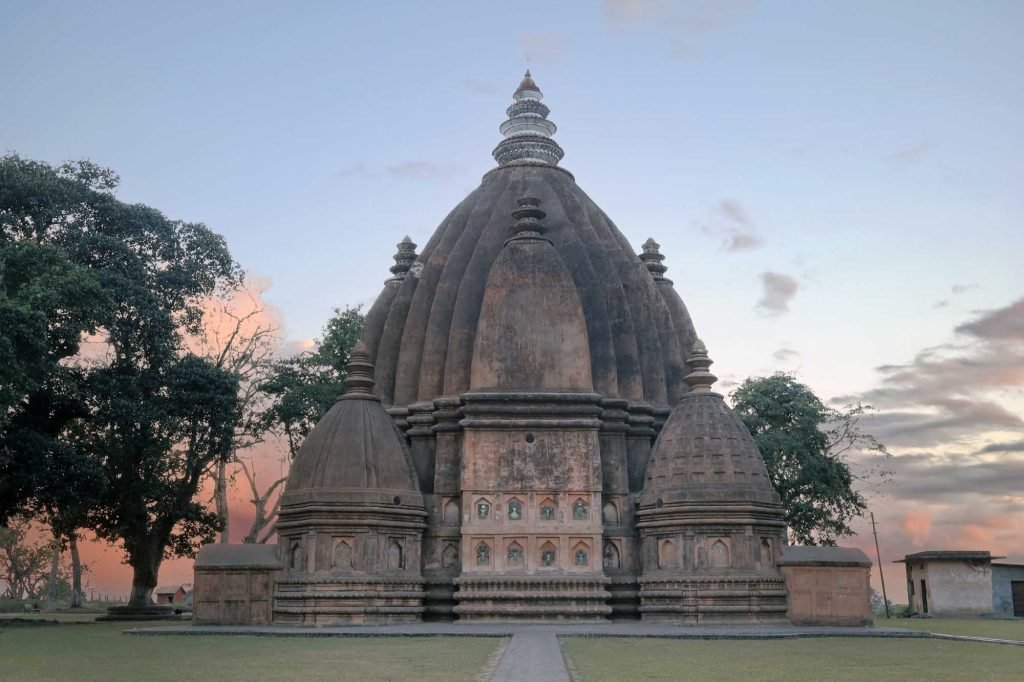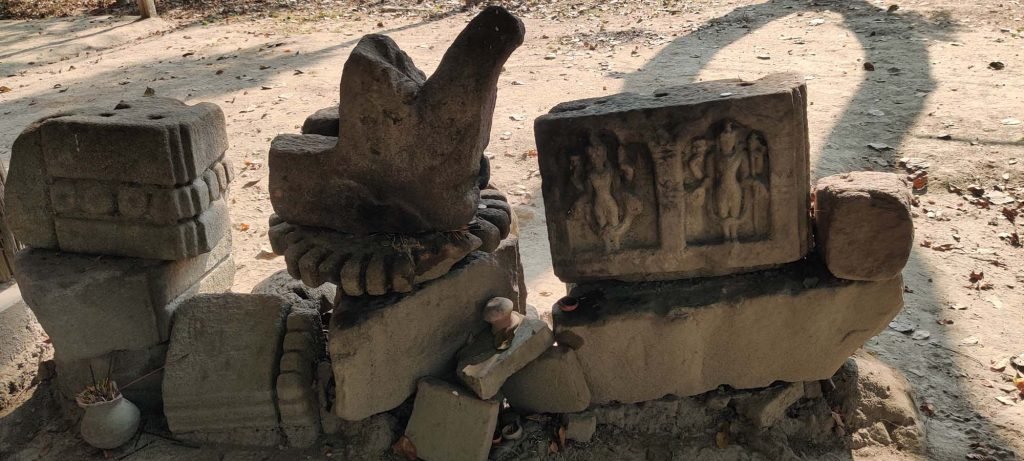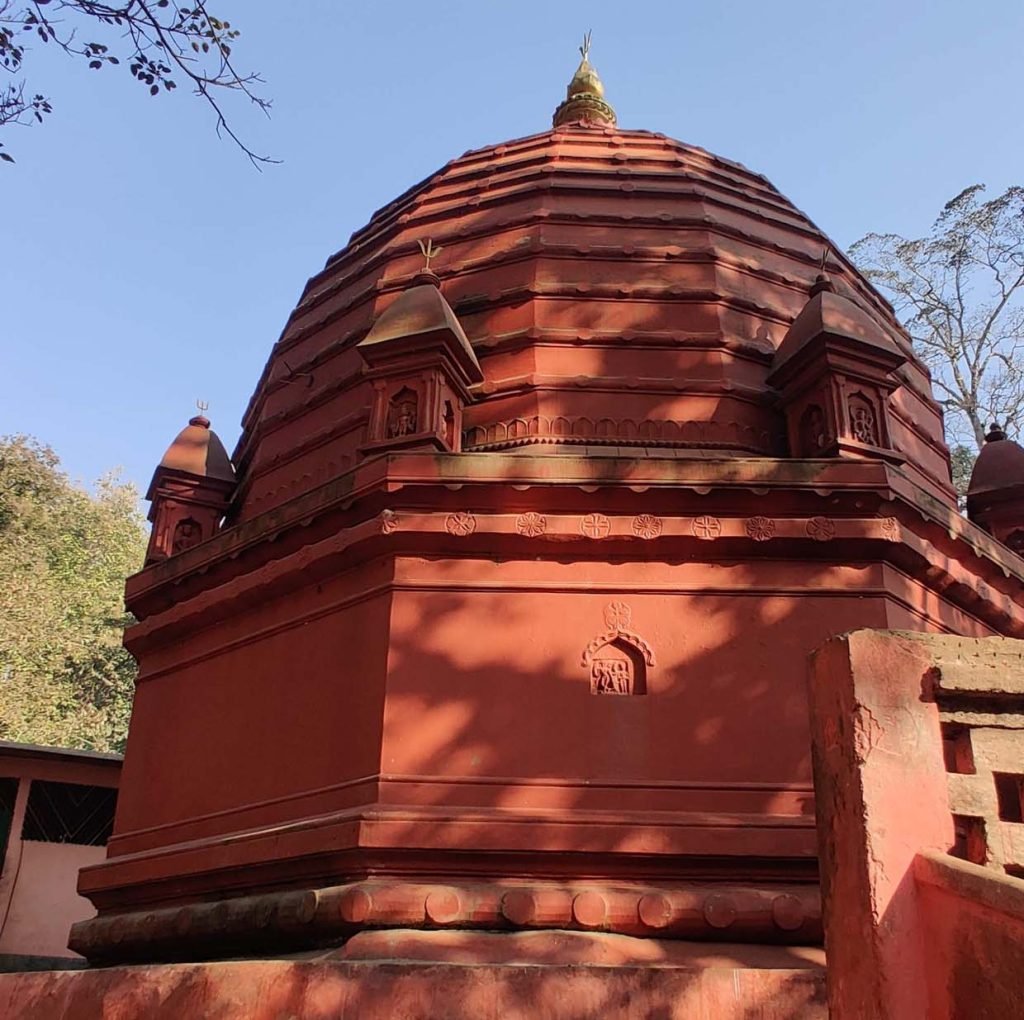Ambari Archaeological Site, Kamrup (M), Guwahati
Ambari Site situated at the centre of Guwahati city is one of the important archaeological site of North-eastern part of India and only important historical habitation settlement site representing artisans’ workshop and production centre of art activities of Assam. As per archaeological evidences, the site represents different cultural sequence from the 2nd century B.C.E to […]
Ambari Archaeological Site, Kamrup (M), Guwahati Read More »




